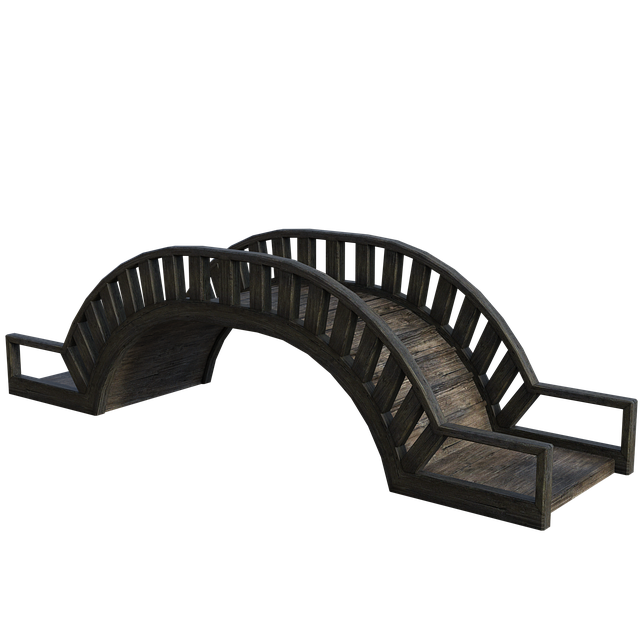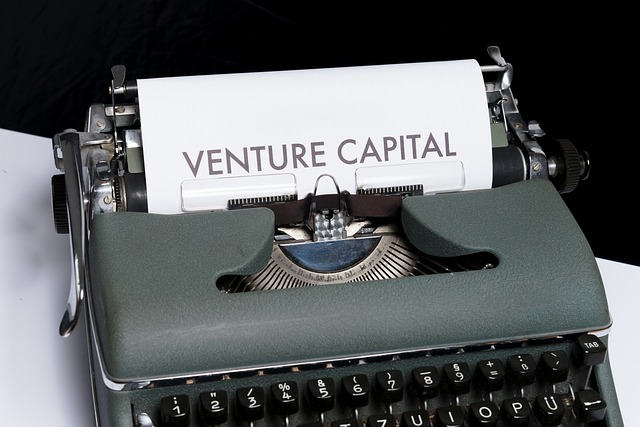Asset turnover is a financial metric that reveals a business’s sales relative to its total assets. Whether a business sells a product or service, it most likely has assets of some sort. Manufacturing companies, for example, have expensive machines and equipment, whereas landscaping businesses have lawnmowers, weed eaters, and trucks. The items a business uses to produce its products or services are considered assets. By calculating asset turnover, business owners can see exactly how much revenue they generate relative to the value of their assets.
What is Asset Turnover?
Overview of Asset Turnover
 Asset turnover is used primarily to gauge the efficiency and productivity of a business. If a company spends millions of dollars on machines and equipment but only generates $100,000 in revenue, it will have a low asset turnover.�In other words, the value of the company’s assets is significantly less than the amount of revenue the company generated.
Asset turnover is used primarily to gauge the efficiency and productivity of a business. If a company spends millions of dollars on machines and equipment but only generates $100,000 in revenue, it will have a low asset turnover.�In other words, the value of the company’s assets is significantly less than the amount of revenue the company generated.
Businesses with a high asset turnover operate more efficiently and with a higher level of productivity. They are able to use their equipment and machines efficiently to generate the most possible revenue.
How to Calculate Asset Turnover
 Calculating asset turnover is a relatively easy process. Simply take your business’s total revenue for the year and divide it by the total value of its assets.
Calculating asset turnover is a relatively easy process. Simply take your business’s total revenue for the year and divide it by the total value of its assets.
If your business earned $1 million and the value of its assets was $2 million, your business’s asset turnover would be 0.5.
How to Improve Asset Turnover
There are several ways to improve your business’s asset turnover. For starters, you can streamline your sales and marketing strategy to move customers through the sales process more efficiently. This will allow you to focus your time and resources elsewhere, allowing your business to generate more revenue. Another idea is to expand into new, untapped markets.
Lowering the total value of your business’s assets can also improve asset turnover. Rather than purchasing equipment and machines, for instance, consider leasing them. Assuming you use an operating lease, this will allow your business to use the item for a specific length of time. Unlike purchasing, leasing an item doesn’t count the item as an asset. It’s actually recorded as a liability, so it won’t bring down your business’s asset turnover.
This article was brought to you by�Intrepid Private Capital�Group�� A Global Financial Services Company. For more information on startup and business funding, or to complete a funding application, please visit our�website.









+ There are no comments
Add yours